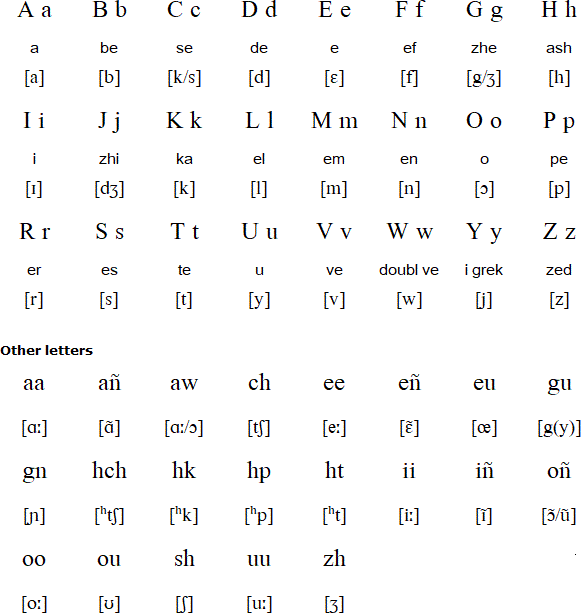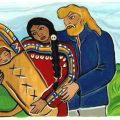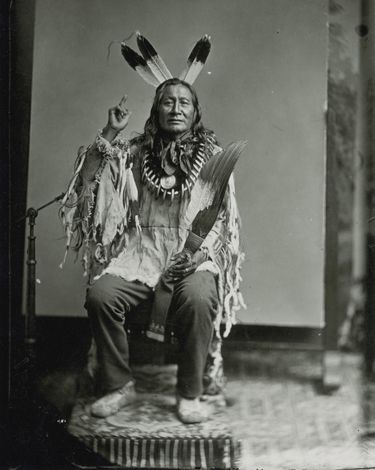
The French, unlike the English and the Spanish, saw Indians as trading partners. The French saw that their best opportunity for economic gain was to be found in the fur trade in which their Native American trading partners would retain their autonomy and provide them with furs. The French explorers quickly established trading relations with the Native nations. The best way for the French traders to establish trading relations was for the traders to marry into the Indian societies as traditional trade relied heavily upon kinship relations. Having married an Indian woman, the trader would have a kinship network which could be utilized for trade.
One of the consequences of marriage is often children. The offspring of the French-Indian marriages grew up in multilingual households with a French-speaking father and an Indian speaking mother. These children also grew up with two cultures: one European and one Aboriginal. The two cultures blended and created a new group of people known in Canada as Métis.
Out of the Métis culture also came a new language: Michif. Michif is sometimes described as a mixture of Cree and French. While there are some who confuse Michif with pidgin trade languages, such as the Chinook trade language spoken along the Columbia River, it is not a pidgin (a language with a reduced vocabulary and grammar), but a true language. Linguist John McWhorter writes:
“Michif is not a fallback strategy for people who could not really manage their ancestors’ languages, nor is it a jolly sort of pig Latin-it is a new language altogether.”
Michif utilizes French-origin noun phrases which retain lexical gender (something unusual in the Algonquian Indian languages) and adjective agreement. At the same time, Michif uses Cree-origin verbs with a polysynthetic structure. Polysynthetic structure simply means that instead of using a bunch of words to give additional nuance and meaning to a verb, this is done through a series of prefixes and suffixes. The result is some very long words: verbs can incorporate up to twenty morphemes (sounds which have specific meanings). Thus, Michif grammar tends to be Cree-based.
In general, most of the Michif nouns (an estimated 83-94%) are of French-origin, while most verbs (an estimated 88-99%) are Cree-origin.
The study of language origins, particularly the study of creole languages, has strongly suggested that new languages tend to be formed by children. In the case of Michif, linguists generally feel that the children were fairly fluent in both French and Cree when they developed Michif.
At the present time, Michif is classified as a moribund language, meaning that relatively few children are learning it. In the United States, there are probably fewer than 1,000 Michif speakers, most of whom are associated with the Turtle Mountain Reservation in North Dakota. In Canada, where the Métis are legally and socially recognized as a distinct people, there are many more Michif speakers.




This one thinks children opted for Algonquian verbs because the logic was simpler to them than separate words, and word order did not become an issue.